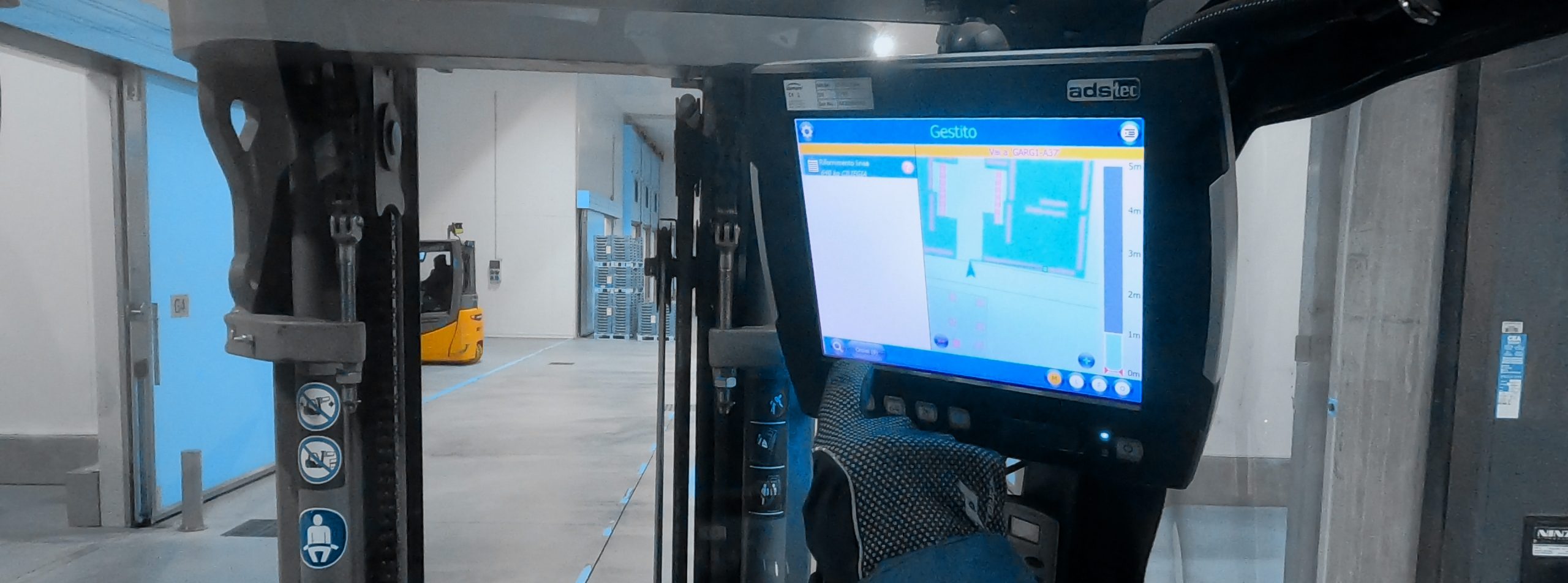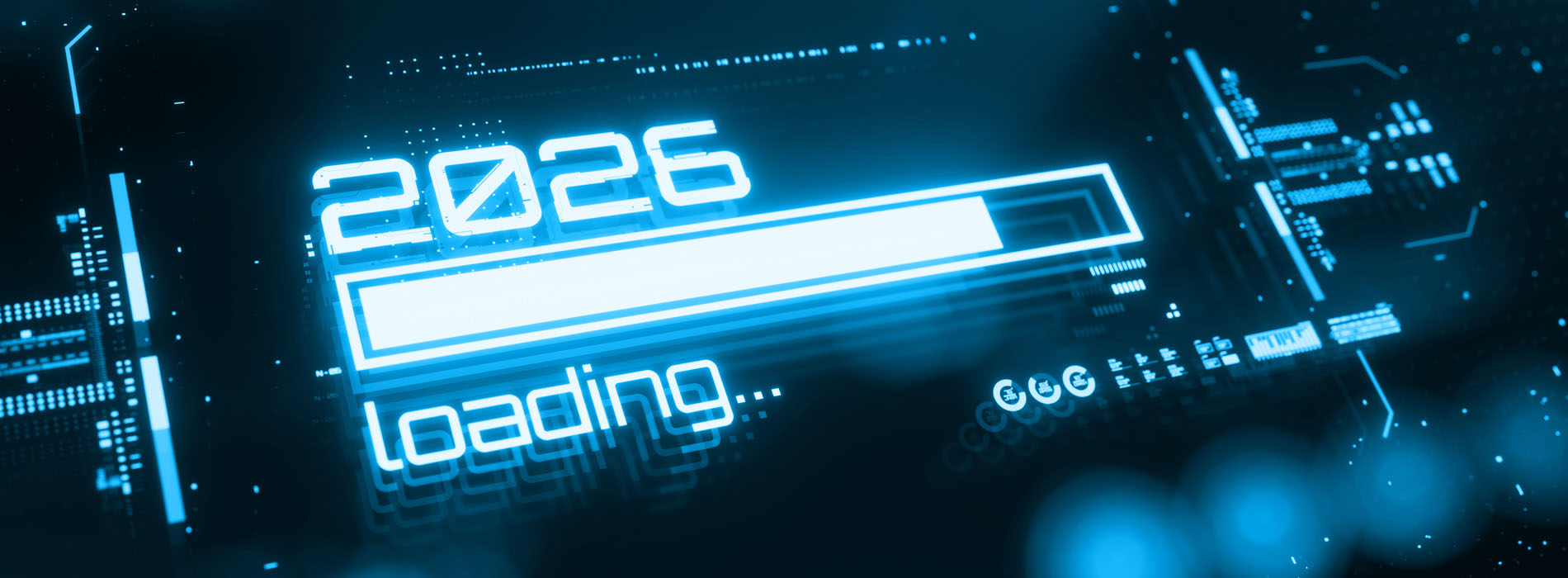Supply chains are the backbone of production-related logistics. The past few years have shown that they are far more fragile than many believed possible: supply chains collapse; geopolitical uncertainties, extreme weather events, or shortages of critical raw materials cause disruptions. Added to this are labor shortages and rising energy costs. The consequences are severe: empty warehouses, missed production schedules and delivery deadlines that strain customer relationships and drive up costs. Production-related logistics is the sensitive metronome that determines whether manufacturing keeps running or comes to a standstill.
Building Resilient Supply Chains
Studies show that manufacturing companies today are striving more than ever to make their supply chains both resilient and efficient. A McKinsey analysis revealed that nearly all surveyed companies have already implemented measures such as dual sourcing, regional networks, and inventory buffers to reduce supply chain disruptions. Deloitte emphasizes that the strategic challenge lies in balancing resilience and cost optimization, achievable through portfolio adjustments, flexibility, and smart digital control. At the same time, the Fraunhofer IML highlights in its white paper “Scenario Planning for the Generation of Future Supply Chains” that methodically structured scenario analyses and modular, reconfigurable logistics networks are key levers for managing uncertainty and preparing strategic alternative paths for entire supply chains.
Key Drivers and Disruption Factors in Modern Supply Chains (2026)
|
Category |
Causes |
Impact Level |
Probability of Occurrence |
|---|---|---|---|
|
Geopolitics & Trade Policy Protectionism, sanctions, regional conflicts, trade agreements | |||
|
Regulation & Compliance ESG/CSRD requirements, EU supply chain law, customs regulations | |||
|
Macroeconomics Inflation, energy price volatility, currency fluctuations | |||
|
Supplier Network Single sourcing, low transparency, Tier-2/3 dependencies | |||
|
Logistics & Transport Freight capacity shortages, driver shortage, extreme weather | |||
|
Production & Warehousing Material shortages, lack of buffer stock, production downtime | |||
|
Digitalisation & IT Integration Data silos, lack of real-time visibility, poor system interfaces | |||
|
Automation & AI Limited predictive analytics, insufficient automation | |||
|
Cybersecurity Cyberattacks, data manipulation, supply chain IT breaches | |||
|
Sustainability & Environment CO₂ reduction, climate impact, energy efficiency, recycling | |||
|
Workforce & Organisation Labour shortage, low digital skills, resistance to change | |||
|
Strategic Management Lack of scenario planning, low agility, cost focus over resilience |
Trends 2026: AI, Digital Twin, and Automation
According to recent analyses by McKinsey, Deloitte, and Fraunhofer IML, the most critical supply chain management topics in 2026 include:
Companies are increasingly investing in risk-based supply chain management in order to combine cost optimization and resilience, for example through nearshoring and flexible production networks. At the same time, sustainable supply chains are gaining strategic importance, driven by regulatory requirements and increasing social pressure to reduce CO₂ emissions along the entire supply chain. In this context, Fraunhofer IML emphasizes in its white paper the role of methodologically based scenario planning in proactively managing uncertainties and developing data-driven paths for the future. Overall, it is becoming apparent that the digital transformation of the supply chain, from real-time localization and predictive analytics to autonomous control, is becoming a key factor in combining efficiency, agility, and sustainability in equal measure.
Stabilizing Supply Chains with Real-Time Transparency
IdentPro supports manufacturing companies in building resilient supply chains by introducing transparency, efficiency, and automation into warehouse and material flow operations. The operational focus lies on intralogistics: using real-time localization technology, the digital twin, and the Warehouse Execution System (WES), all material movements in the warehouse are digitally mapped, regardless of whether they are performed by autonomous mobile robots (AMRs) or manually operated forklifts. This transparency forms the basis for AI-driven planning and fleet risk management, which analysts identify as key industry trends. At the same time, IdentPro provides the data foundation to support decisions across the entire supply chain: intralogistics bottlenecks are detected early, alternative scenarios simulated, critical supply paths analyzed, and downstream processes adjusted. In doing so, IdentPro builds the technological bridge between operational warehouse control and strategically networked supply chain management.

Orders are distributed to warehouse employees via the forklift terminal connected to the WES
Driving the Digital Transformation of Supply Chains
For manufacturing companies, the ability to monitor, analyze, and flexibly control their supply chains in real time will become the decisive competitive factor in 2026. The combination of real-time localization, the digital twin, and intelligent automation, as provided by IdentPro, connects operational intralogistics with strategic supply chain management. This enables companies not only to identify bottlenecks early and test alternative actions but also to actively manage risks along the entire logistics chain. It also allows for optimal collaboration between autonomous systems and human operators. Continuous data capture supports AI-based planning, improves forecasts for material flow and inventory management, and enables predictive planning and process design. As a result, companies can make their supply chains not only more efficient but also more resilient, actively managing risks such as material shortages, geopolitical influences, or demand fluctuations. Moreover, digital transparency opens up new opportunities to pursue sustainability goals by systematically tracking and reducing energy consumption, empty runs, and CO₂ emissions. IdentPro provides the technological foundation that enables companies to achieve cost optimization, agility, resilience, and sustainability and to advance the digital transformation of their supply chains step by step. Ultimately, this ensures that production keeps running smoothly.
Checklist 2026: How to Future-Proof Your Supply Chain

Create real-time transparency: Identify which warehouse areas can be fully digitized using laser localization and digital twin technology.

Implement the digital twin: Launch pilot projects, collect operational data for supply chain processes, and prepare scenario planning.

Use data intelligently: Integrate ERP and WMS, and create AI-based forecasts for capacity, replenishment, and route optimization.

Explore automation potential: Plan the use of AMRs and optimize internal logistics flows.

Strengthen resilience and flexibility: Simulate supply chain disruptions and derive alternative warehouse strategies.

Operationalize sustainability: Measure energy consumption, empty runs, and CO₂ emissions, and align with corporate sustainability goals.

Engage employees: Provide training on connected supply chain management and digital tools.

Ensure future-proof IT integration: Check interfaces and align with current supply chain management requirements.


